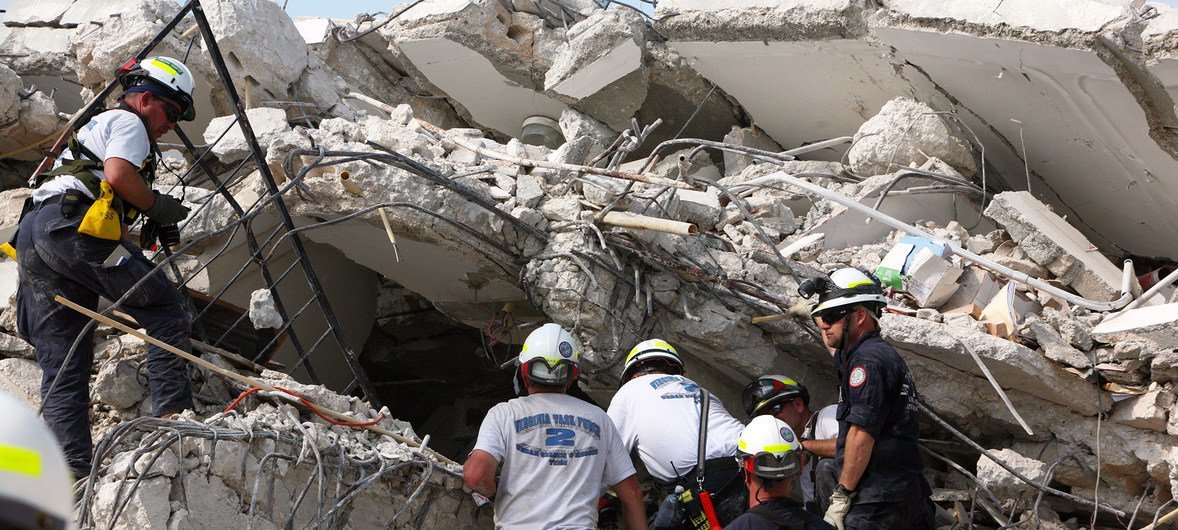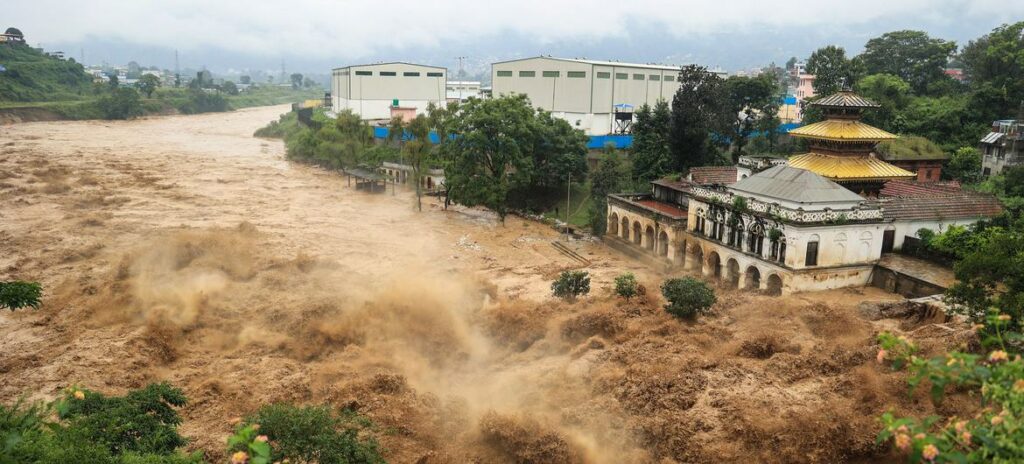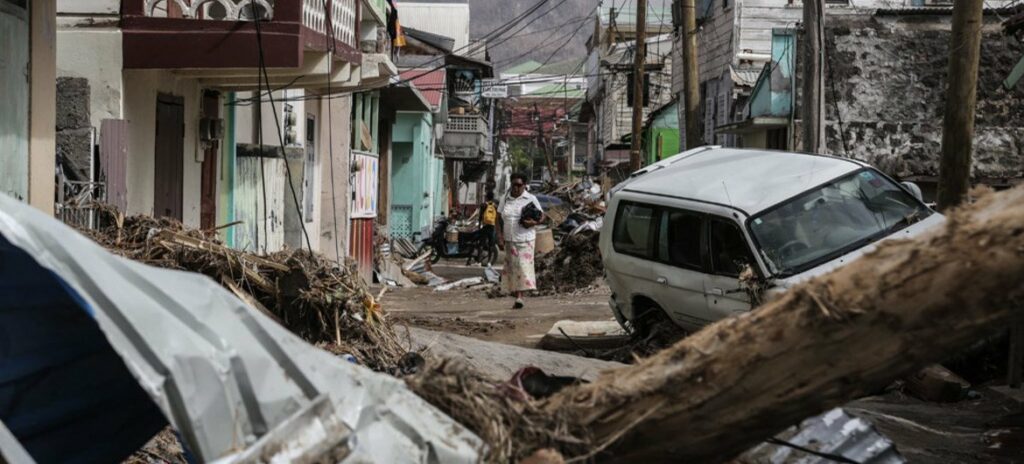On January 12th, 2010, a catastrophic 7.0 magnitude earthquake struck Haiti, with its epicenter near the capital, Port-au-Prince. The impact was devastating: over 220,000 lives were lost, 300,000 people were injured, and 1.5 million were left homeless. Entire neighborhoods were flattened, critical infrastructure—including government buildings, hospitals, and schools—collapsed, and UN offices were reduced to rubble. The scale of destruction left the country paralyzed and overwhelmed the local capacity to respond.
The disaster quickly became one of the most pressing humanitarian crises of the decade. The international community, including the United Nations, national governments, and humanitarian organizations, mobilized resources and support to meet Haiti’s enormous needs. Coordination on such a scale required immediate solutions for communication, logistics, and infrastructure to ensure aid could be delivered efficiently.
The Role of IHP: Supporting Humanitarian Coordination in Haiti
In the aftermath of the earthquake, the International Humanitarian Partnership (IHP) swiftly responded to a request from the UNDAC (United Nations Disaster Assessment and Coordination) team, which assists in assessing needs and coordinating international relief. The IHP’s mission focused on two critical pillars: restoring communication capabilities and providing operational infrastructure for humanitarian workers.
1. ICT Modules for Communication and Coordination
Within days of the disaster, IHP deployed two Information and Communication Technology (ICT) modules, one from Finland and one from Sweden, to support the UNDAC teams on the ground. These modules—complete with laptops, satellite phones, GPS devices, and internet tools—were designed to reestablish communications in the chaotic aftermath and enable UNDAC teams to operate simultaneously in different locations.
“Two other IHP member countries, Estonia and Norway, remained on standby to provide additional ICT modules if needed,” said Lars Johansson from Sweden’s Civil Contingencies Agency (MSB). This swift deployment of ICT infrastructure was vital in ensuring the coordination of incoming international aid.
2. A Large-Scale Base Camp for Humanitarian Operations
As the extent of the destruction became clear, the World Food Programme (WFP) requested IHP’s assistance in building a large-scale base camp to accommodate humanitarian workers. With existing UN offices destroyed and local housing uninhabitable, there was an urgent need to establish a hub where UN staff could work, sleep, and access basic services.

This mission became one of IHP’s largest operations in its then 15-year history. Four member countries—Sweden, Denmark, Finland, and Norway—each contributed base camp modules, which together provided accommodations for up to 200 people. The camp included office spaces, sleeping quarters, cafeterias, water, and sanitation facilities. Estonia further supported the mission by supplying specialized equipment.
The camp, located at “Camp Charlie” within an enclosed area near the airport, became a critical operational hub for the UN system. Henni Boudijema, the IHP Camp Manager, described the effort:
“The IHP-staff from different countries is working together in an impressive way. Everybody here is talking about the IHP-spirit. This is teamwork at its best.”
The initial base camp, with a capacity of 230 people, was completed within a week. Due to overwhelming demand, the WFP requested additional accommodations for 100 more staff. Sweden contributed equipment for an additional 40 people, with other member countries stepping in to support further expansion.








The IHP-Spirit in Action
The Haiti mission highlighted the true strength of the IHP: collaboration across borders. No single country could provide a camp of this magnitude alone, but through the partnership’s collective expertise and resources, WFP’s needs were met.
Kjell Larsson, the IHP Chairman at the time, reflected on the success of the mission:
“This intervention is a clear example of how the international partnership fills an important function.”



A Lasting Impact
The IHP’s contribution to the Haiti earthquake response was a cornerstone of the broader humanitarian effort, enabling effective coordination, communication, and operational continuity at a time when it was needed most. The camp at Camp Charlie became a symbol of resilience and international solidarity, demonstrating how partnerships like the IHP play a vital role in supporting those who work tirelessly to help others.
In moments of unprecedented crisis, the IHP spirit—collaboration, expertise, and dedication—shines through. Haiti’s story reminds us of both the devastating impact of disasters and the power of coordinated global response to help rebuild hope.
Cover Photo Credit: UN Photo/Sophia Paris



